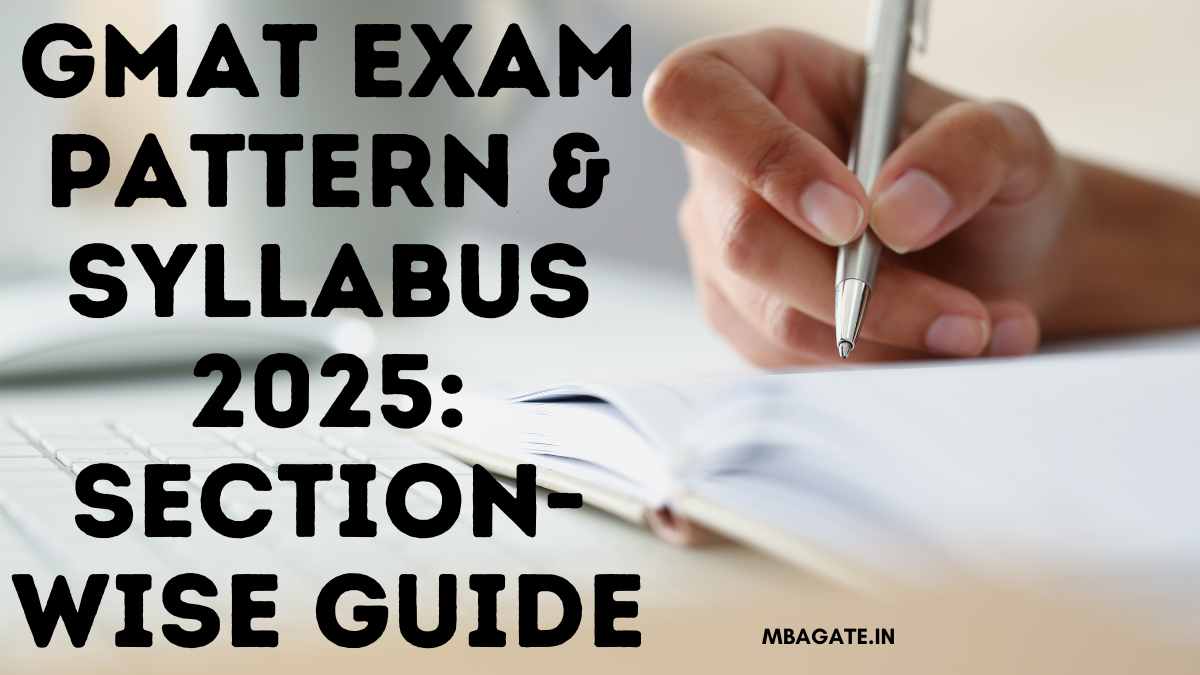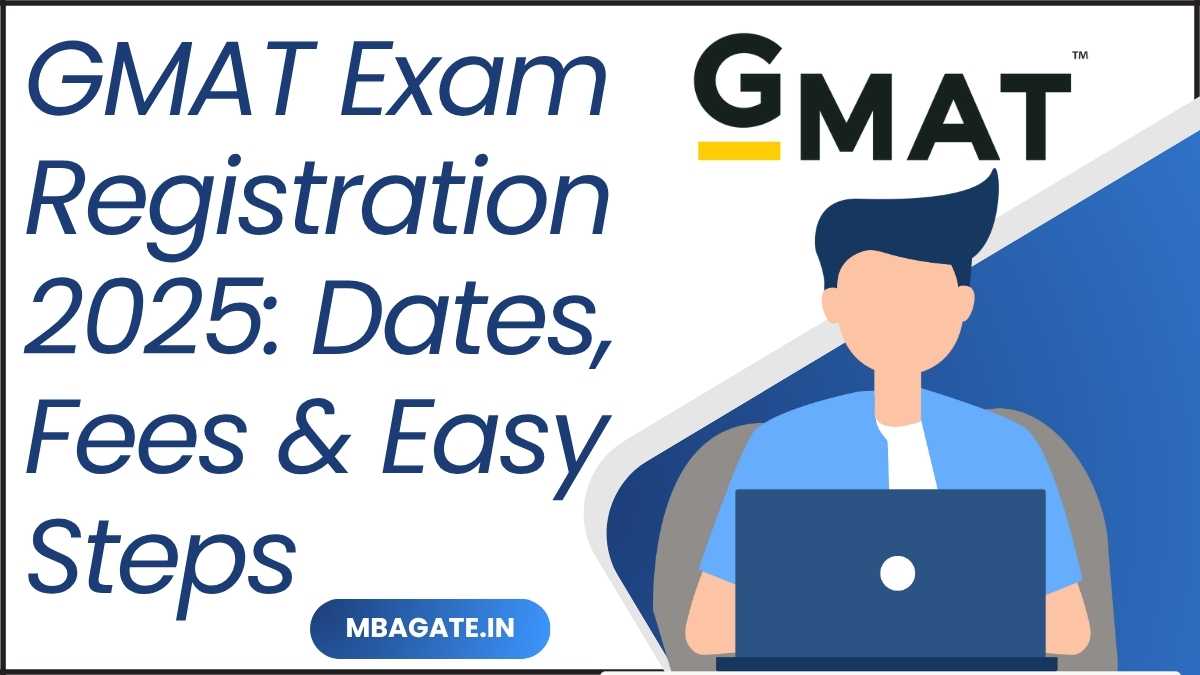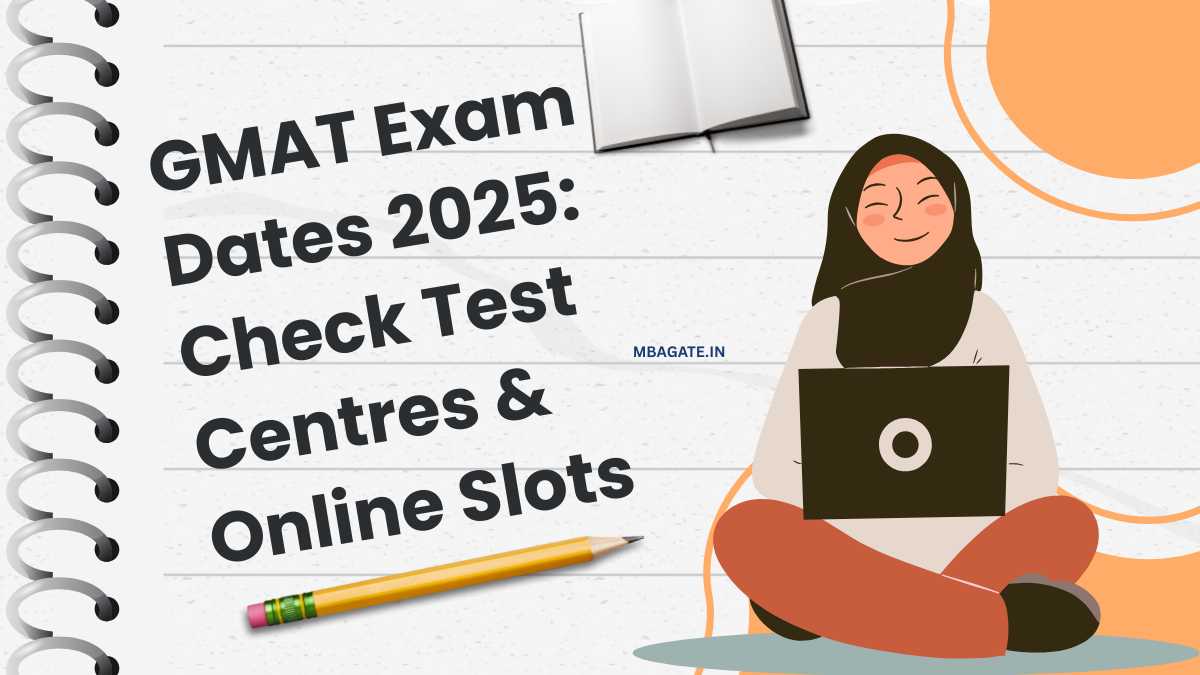GMAT Exam Pattern & Syllabus 2025: Section-wise Guide
Outline of the GMAT 2025 Test Format
2025 GMAT Exam Syllabus
1. GMAT Exam Quantitative Reasoning Section
This section assesses a candidate's core mathematical skills particularly in arithmetic and algebra. It tests their ability to implement these skills to solve problems.
It comprises 21 problem-solving questions.
More emphasis is laid on logical reasoning and analysis and less on complex calculations.
Calculators are not permitted in this part of the test.
2. GMAT Exam Verbal Reasoning Section
It tests a test-taker's capacity to comprehend written text and make judgments on arguments. It contains 23 questions which are categorised into:
Reading Comprehension: Tests the ability of the candidate to comprehend a passage, the main and secondary ideas, structure and meaning.
Critical Reasoning: Tests the ability of the candidate to critique short arguments, ascertain strengths or weaknesses and comprehend the logic involved.
No subject-specific knowledge is needed only good reading and reasoning ability.
3. GMAT Exam Data Insights Section
It tests how good the candidate is at interpreting and analysing data to resolve business problems in actual life. It has 20 questions and an on-screen calculator and the question types are given below:
Data Sufficiency: Tests whether the test taker is able to determine if sufficient information is provided to resolve a math problem.
Multi-Source Reasoning: To identify the differences and patterns the test-takers will be required to apply information from various Requires applying information from various sources such as text, tables and graphs.
Table Analysis: Examines the capacity to comprehend and apply spreadsheet-type tables to locate useful information.
Graphics Interpretation: Requires the test-taker to read a graph and chart (such as a pie chart or a bar graph) and interpret the data.
Two-Part Analysis: Tests problem-solving ability that involves two interrelated parts. These can both be math and verbal content.

GMAT Test Adaptability
The GMAT test is not your typical test it's computer-adaptive in two important areas: Quantitative Reasoning and Verbal Reasoning. That means that the test adapts to how well someone is performing. It adjusts the difficulty level of the next question based on how they did the last one. Here's how it works:
The initial question you are presented with is of average difficulty.
If you get it right the next one will be slightly more difficult.
If you get it wrong the next one will be a bit simpler.
This continues throughout the section.
This way, the test can easily and precisely gauge your level of skill. That's why business schools rely on GMAT scores because the test is programmed to display a person's actual ability.
Things to Know About GMAT Test Adaptability
If you continue to answer questions correctly your score will increase since you will be getting more difficult questions.
If you keep answering them wrong your score will decrease as you get easier questions.
The first 10–15 questions are critical getting these correct can assist you in getting into a higher score range earlier.
Test-takers are required to make decisions in time as they won't be able to go back and change their responses.
In a nutshell, the GMAT adjusts to you in real-time so each response matters and allows schools to know your potential.
FAQs
The three components of the GMAT exam are Data Insights, Verbal Reasoning and Quantitative Reasoning. It is an online test and is of 2 hours and 15 minutes duration along with an additional 10-minute optional break.
Out of the 64 questions on the GMAT, 21 are related to quantitative reasoning, 23 are related to verbal reasoning and 20 are related to data insights.
Yes, the GMAT test is computer-adaptive for Quantitative and Verbal sections meaning that the level of difficulty of the questions changes as per your performance.
The GMAT Verbal Reasoning section tests your reading comprehension, critical reasoning and ability to read and analyse written arguments.
The GMAT Data Insights section tests your ability to analyse data from various sources (like graphs, tables or text) and apply it to solve real business problems.
During the GMAT Data Insights you can utilise the calculator that appears on the screen. The usage of a calculator is allowed only in this section of the GMAT exam.








